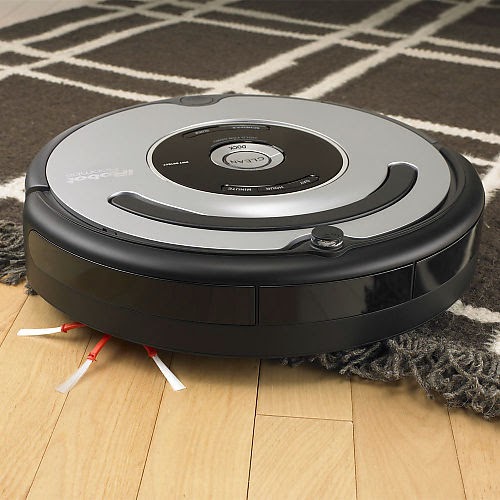Futurology, the study of predicting future technological advancements, is littered with failed predictions of how we'd all be living in cloud cities and eating meals in pill form by now. But just recently there has been a rash of genuine inventions right out of Sci Fi, and these were published respectable journals on days other than April 1st.
from researchers from Griffith University and Swinburne University of Technology in Australia have successfully created a high-definition 3D holographic display with a wide viewing angle of up to 52 degrees, based on a digital holographic screen composed of small pixels that bend the light. While there is still work to be done, that's something straight out of Star Wars from 1976 that exists in the real world now.
, could go on sale as soon as 2017. Last year, the Slovakian company unveiled its latest prototype of an elongated, road-ready vehicle with stowable wings that can navigate both city traffic and the airspace in between landings and take-offs from the world’s airports.
Another staple of classic sci fi like 2001 A Space Odyssey or Red Dwarf is a computer that you can talk to. These days, we're so used to Google Now, SIRI and Cortana on our phones that this technology has become mainstream. However. IBM is taking it very seriously and recently reorganised itself such that the
Watson super computer that
became champion of champions on the American game show Jeopardy! has become one of Big Blue's main go-to-market business units. That means that they're setting its problem solving abilities off on complex healthcare and 'smarter cities' challenges that could really affect the way we live our lives in future.
 |
| IBM's Watson computer wins Jeopardy! |
We've had about 20 years of science fiction works
involving quantum computers. In 2011, Canadian company
D-Wave announced the D-Wave One quantum computer, sporting a 128 qubit processor. By 2012 they had announced the
D-Wave Two, the world's first commercially available quantum computer. In 2013 NASA, Google and the USRA launched a Quantum Artificial Intelligence Lab using a 512-qubit D-Wave Two that would be used for research into machine learning. So, that's a pretty strong endorsement that it's a technology that has well and truly stepped out of the page and into the real world.
All very interesting, but where's my self driving car like the
Johnny Cab in Total Recall? Well,
here it is, thanks to Google, and it's not science fiction but it's science fact. It has been driving trials round San Francisco for a while now and, pending legislation, it will be coming to a road near you some time soon.
But what about robots that clean your house? Already done, and on the market with self-guiding vacuum cleaners like the
Roomba.
If you add in a couple of recent 'stretch target' developments, things start to get very interesting. For example,
IFLScience are reporting that NASA may have stumbled upon how to achieve Warp Drive, that staple technology of 1960s Star Trek episodes that drove the Starship Enterprise faster than the speed of light through the final frontier using an EMDrive electromagnetic thruster. Now NASA seems to have taken down the tentative announcement that IFL Science is referring to, but there's plenty of
speculation on the matter elsewhere.
Likewise, the
space elevator, first proposed in science fiction by Arthur C Clarke as a cheap way of getting satellites and space craft into orbit, may be just over the horizon. Scientists at Penn State university have created strands of
diamond nanotubes, which may be the strongest man made material yet created, which cold act as a lift cable for hoisting things into orbit, slung round a geostationary satellite (another Arthur C Clarke proposal that became reality).
At this rate there won't be much left in science to write fiction about.








No comments:
Post a Comment